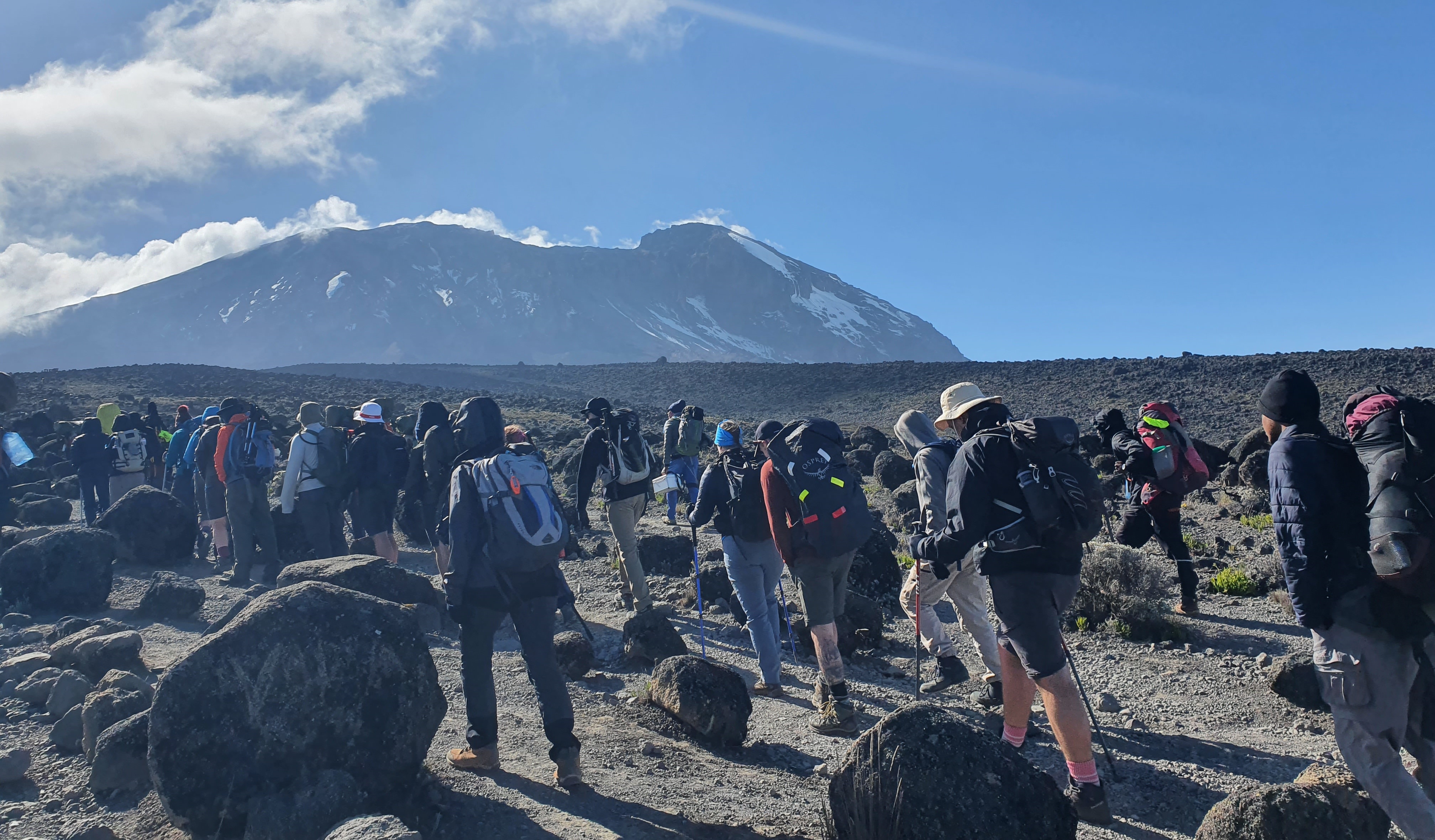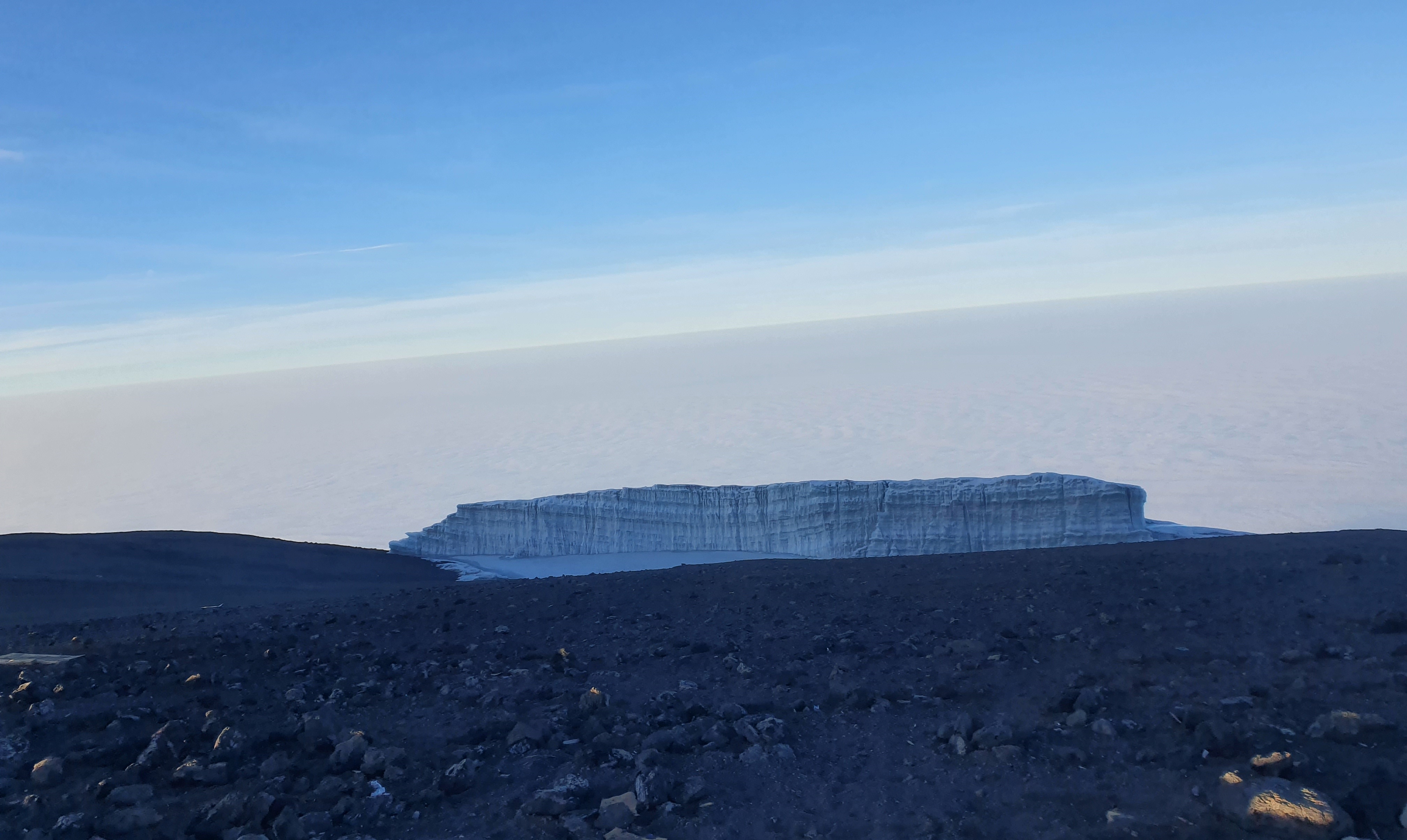The best time to climb Mount Kilimanjaro largely depends on weather conditions and personal preferences. Generally, the Kilimanjaro Mountain can be climbed year-round, but there are peak seasons that offer optimal conditions. The two main climbing seasons are from January to March and from June to October.
The January to March period is considered the warmest time to climb Kilimanjaro, making it a popular choice for many climbers. During these months, the weather is generally clear, with sunny skies and mild temperatures. However, it's essential to note that this period also coincides with the mountain's rainy season, so there may be some precipitation, especially at lower elevations.
On the other hand, the June to October period is the driest and coolest time to climb Kilimanjaro. This season experiences less rainfall and colder temperatures, especially at higher altitudes. The skies are often clear, providing stunning views of the surrounding landscape. Additionally, wildlife sightings are more common during this time, adding to the overall experience.
Both Kilimanjaro Weather seasons have their advantages and disadvantages, and the best time to climb Kilimanjaro ultimately depends on your preferences and priorities. Some climbers may prefer the warmer temperatures and lush vegetation of the January to March season, while others may opt for the clearer skies and cooler temperatures of the June to October season. Regardless of the time you choose to climb, proper preparation, including physical conditioning and acclimatization, is crucial for a successful and enjoyable experience on Africa's tallest peak.

The best time to climb Mount Kilimanjaro is during the dry seasons: January-March and June-October, offering clearer skies and better visibility. However, there are a few key factors to consider:
Dry Season: The dry seasons, from late June to October, and from December to February, are generally considered the best times to climb Kilimanjaro. During these periods, you'll encounter clearer skies, less precipitation, and milder temperatures, making for more comfortable and enjoyable climbing conditions.
Avoiding Rainy Seasons: The rainy seasons, from March to May and from November to early December, bring heavy rainfall and lower visibility, which can make the climb more challenging and less enjoyable. Additionally, trails can become slippery and muddy, increasing the risk of accidents.
Crowds: Peak climbing seasons, such as July and August, and January and February, tend to be the busiest times on the mountain. If you prefer a quieter experience and don't mind colder temperatures, you might consider climbing during the shoulder seasons, such as late September to early November or late February to early June.
Temperature: While the dry seasons offer more stable weather conditions, keep in mind that temperatures can vary significantly depending on the altitude and time of day. It's essential to be prepared for cold temperatures, especially at higher elevations, regardless of when you climb.
The best time for climbing Mount Kilimanjaro is when the weather conditions align with your preferences, and you can comfortably manage the physical demands of the climb. Make sure to research thoroughly, consider your personal preferences and abilities, and perhaps don't hesitate to consult us for more tailored advice based on your specific circumstances.
